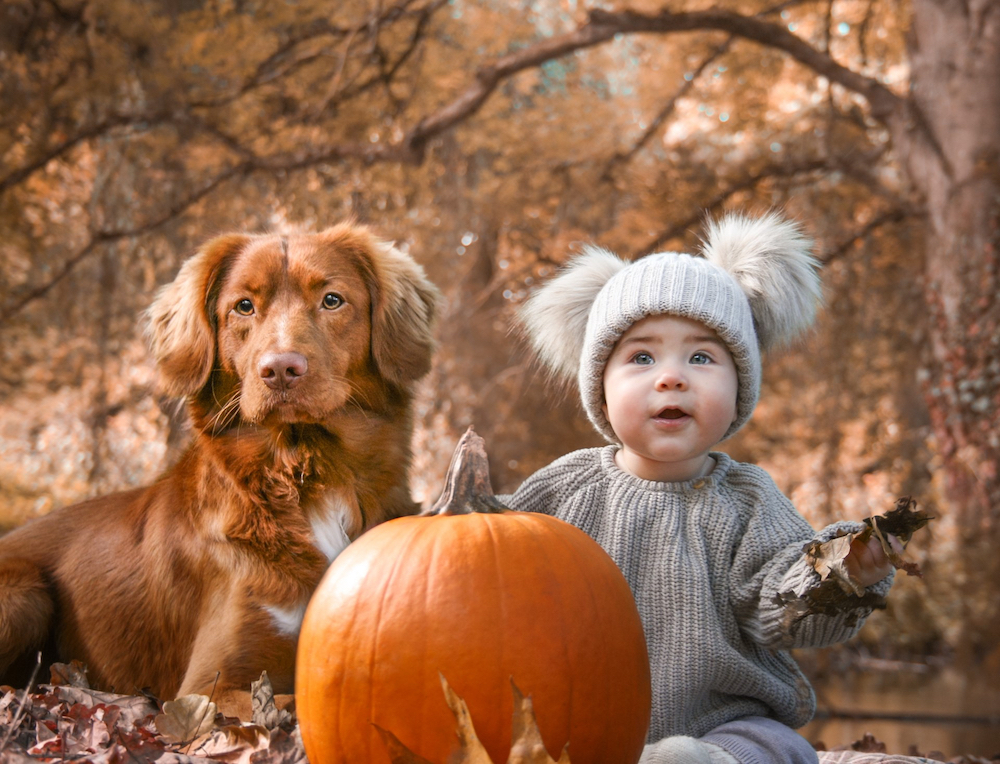
The spooky season is well underway and, if your household is anything like mine, you might have found yourself watching Tim Burton’s Nightmare Before Christmas for the 1,000th time already.
As the tune of ‘This is Halloween’ plays on an endless loop in your brain, you might find yourself wondering, who’s idea was it to celebrate Halloween?
Well, the celebration of Halloween dates back to the ancient Celtic festival of Samhain (pronounced sow-in). Two thousand years ago, across the areas now known as Ireland, the UK and Northern France, the Celtics celebrated their new year on November 1st.
The date marked the end of summer and the beginning of the cold, dark winter – a season which was then associated with human death.
The Celtics believed on New Year’s Eve (which at the time was celebrated on October 31st), the boundary between the realms of the living and the dead became blurred.
On this night, they celebrated Samhain, during which it was believed that the ghosts of the dead returned to the land of the living.
The ghosts were thought to cause all sorts of trouble, including damaging crops, and the Celtics even believed that the presence of these spirits allowed their priests, known as Druids, to see into the future.
Bonfires were built to burn crops and sacrifice animals in sacred rituals, whilst the Celtics wore costumes of animal heads and skins.
Whilst may all seem far-fetched to many of us today, in a time when the population depended entirely on the natural world, these prophecies and beliefs brought comfort during the long winter.
Later, these traditions of celebration were absorbed into the celebration of All Saint’s Day during era of Christianity. Eventually, November 1st was recognised as All-Hallows and October 31st was simultaneously referred to as All-Hallows Eve, from which the term ‘Halloween’ is derived.
In early Britain, traditional Halloween celebrations included games such as apple bobbing, telling ghost stories and carving faces into hollowed-out vegetables such as swedes and turnips which were illuminated by a candle.
The practice of decorating Jack-o’-lanterns is believed to originate from an Irish folktale about a man named Jack, who was cursed to spend all of time roaming the earth with only a burning coal inside a carved-out turnip to light the way, as punishment for trying to trick the devil.
Trick or treating is also believed to originate from early medieval pageantry too. Back then, the practice, called ‘going a souling’ involved the poorest members of society going door to door and receiving food such as pastries or specially baked ‘soul cakes’ in return for their promise to pray for the household’s dead relatives.
The additional tradition of dressing up was largely popularised in Scotland, where it was originally called ‘guising’.
Specialist PR agency
We at Famous Publicity serve clients who want support from public relations professionals who can assist them with their communication programmes. Our work includes PR strategy, media liaison, writing, marketing, brochure and web design.
Our clients want support from people who will be proactive in their approach and who have their clients’ interests at the heart of what they do.
Based in Surrey, we serve clients from around the globe looking for a positive impact to their communications activity.